
As always, when children are working with numbers, they need both concrete practice (with manipulatives) and representational (picture) practice - and both should be linked to the abstract (the numeral itself).
I love Dot Cards in the Early Years - they are such a powerful way to build number sense in young children (see any of my Number Talk posts - and go here if you want a FREE set of dot cards for your own class). I also wanted my classes to have practice with Numbers to 10 at a concrete level - how to do both?
Well - you can have your class make their own Dot Cards for each number, cutting out and coloring Dinosaur Eggs to fill 10 frames in different ways. The act of cutting out and moving the eggs makes this activity concrete, rather than purely representational - something we should always be looking to do where possible. As an added bonus, classes get some fine motor practice as well!
I hope the start of your school year is going well! If you are interested in this Dinosaur Number to 10 pack, click on any of the pictures...
And if you haven't already started to Count the School Days, it isn't too late to begin! You can get everything you need in this (FREE!) pack.

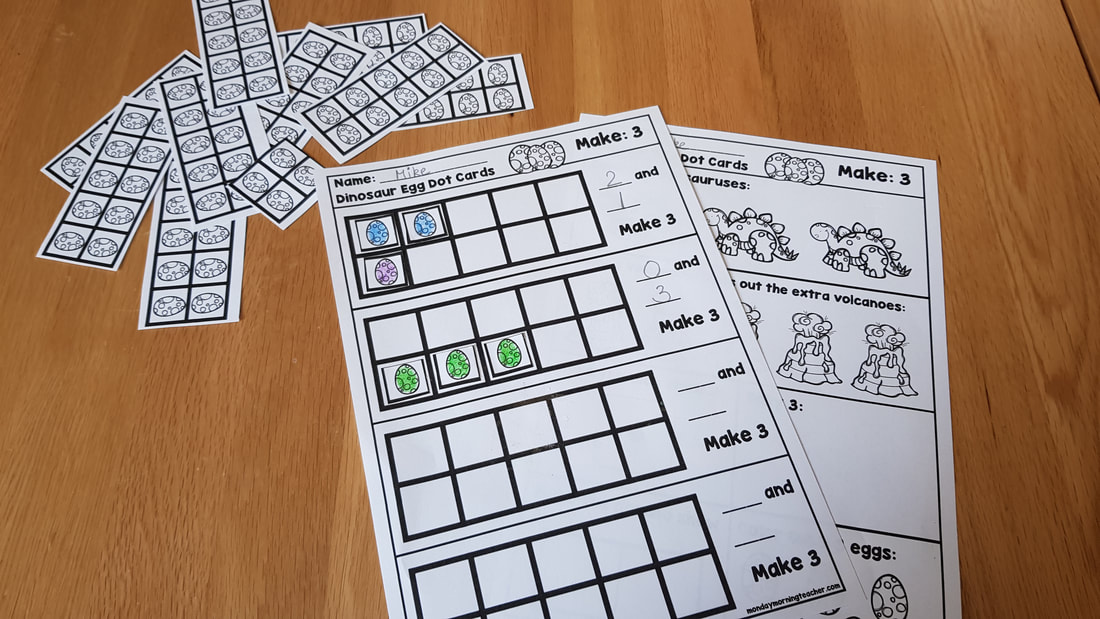
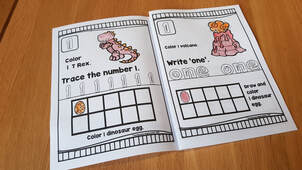
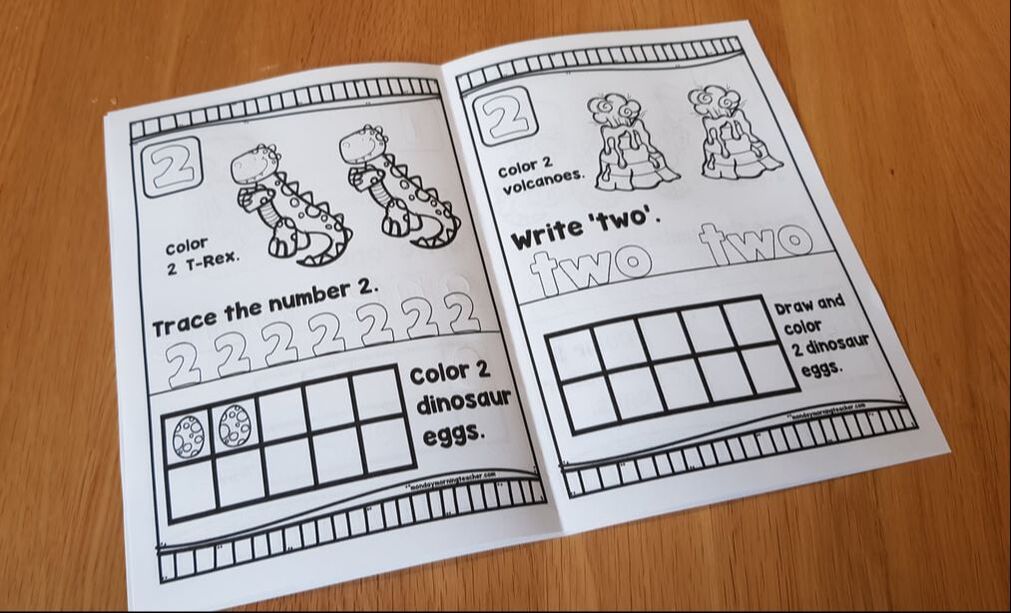
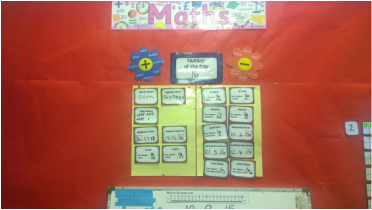
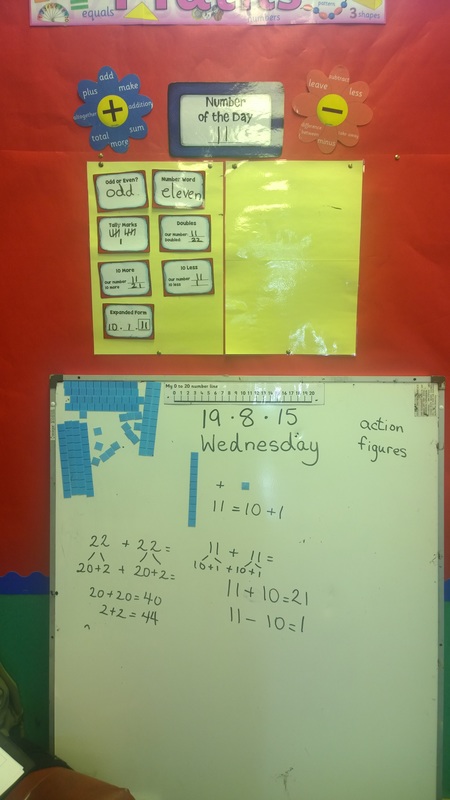

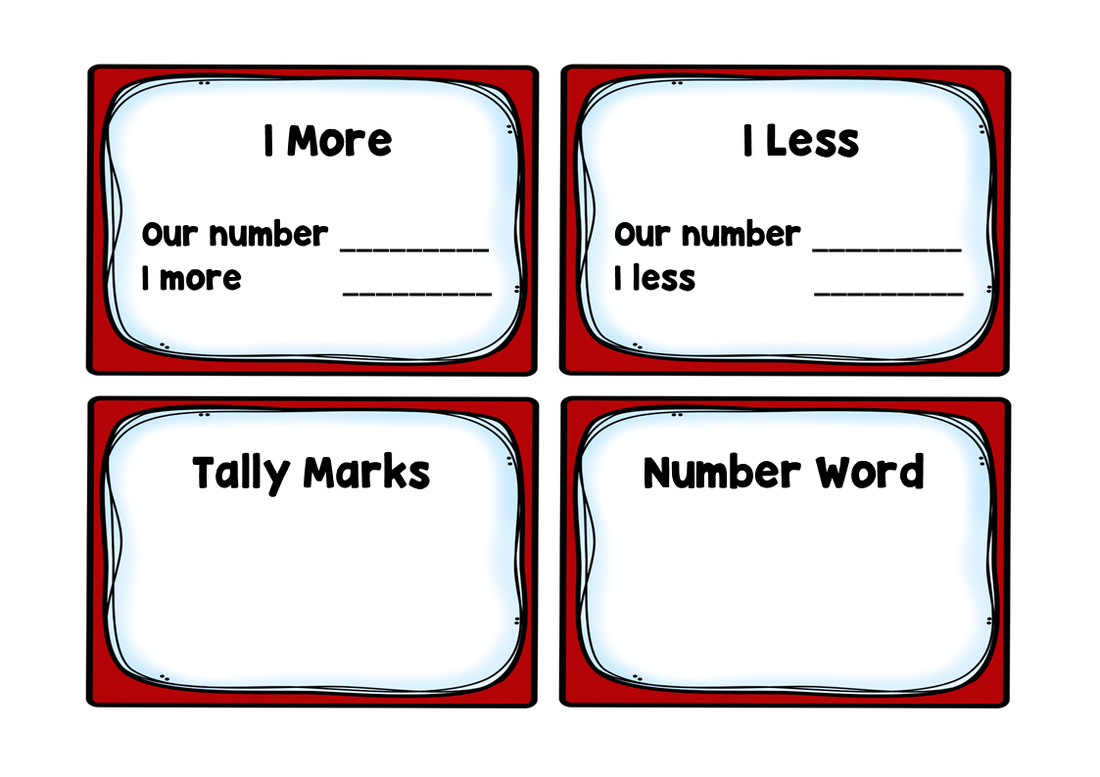
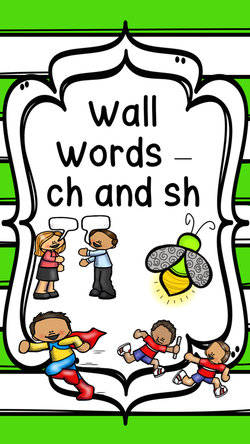
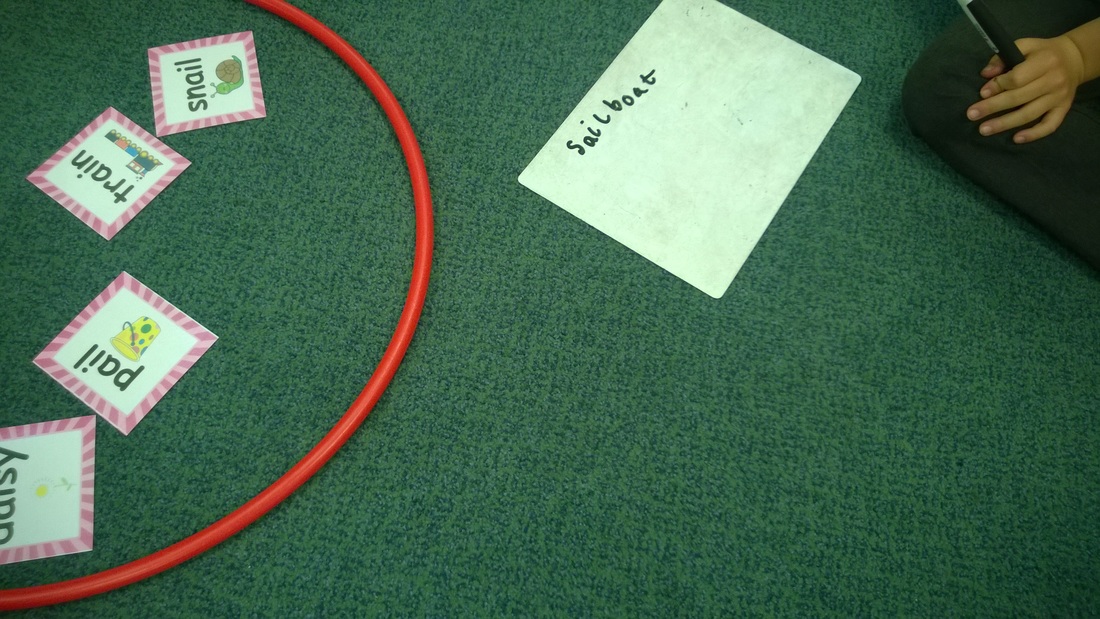
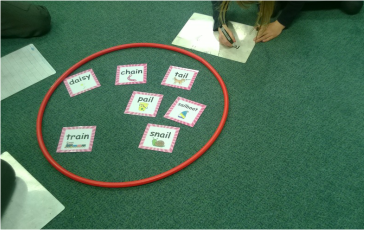
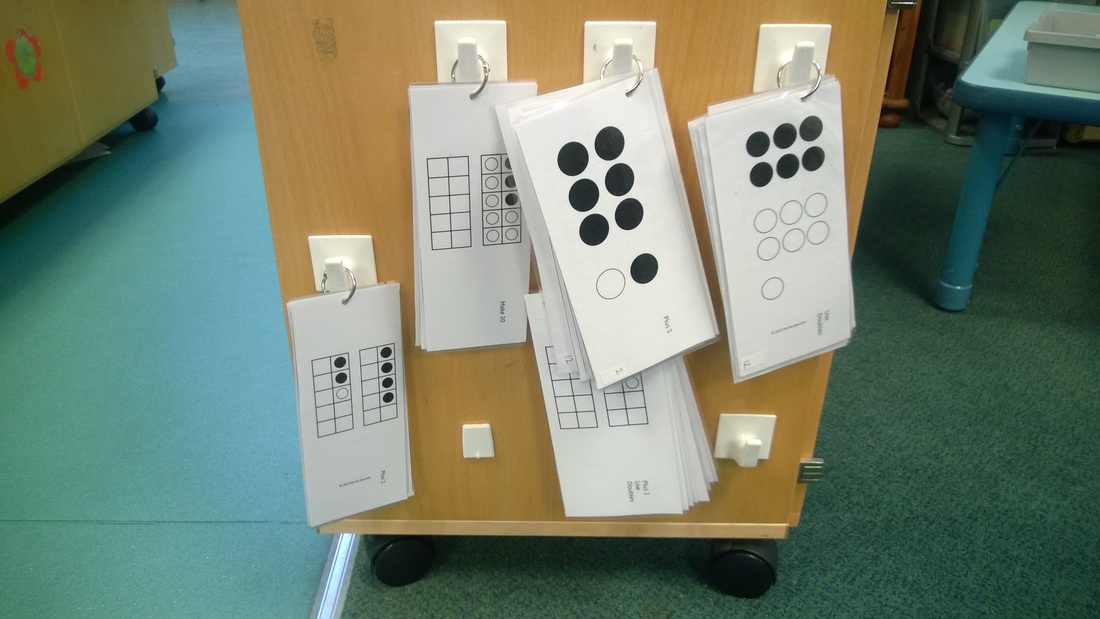
 RSS Feed
RSS Feed